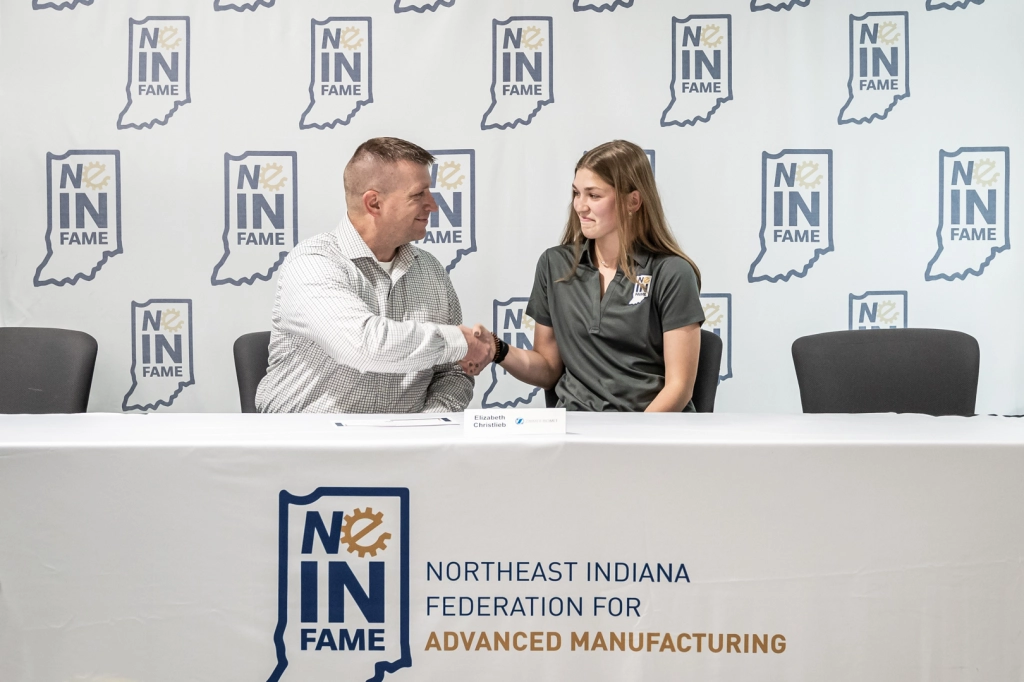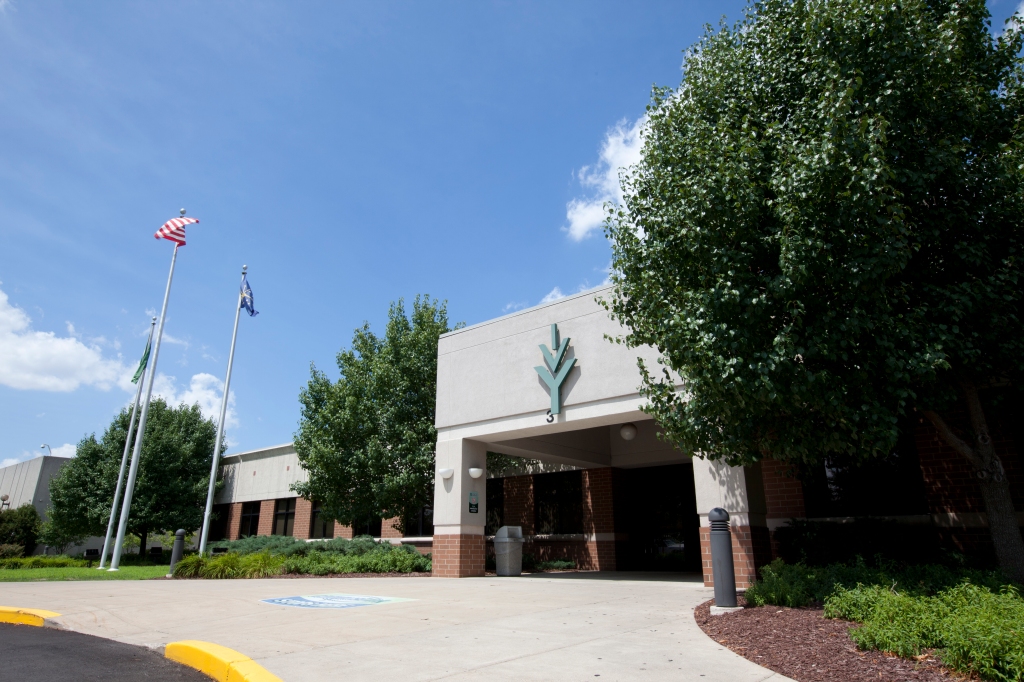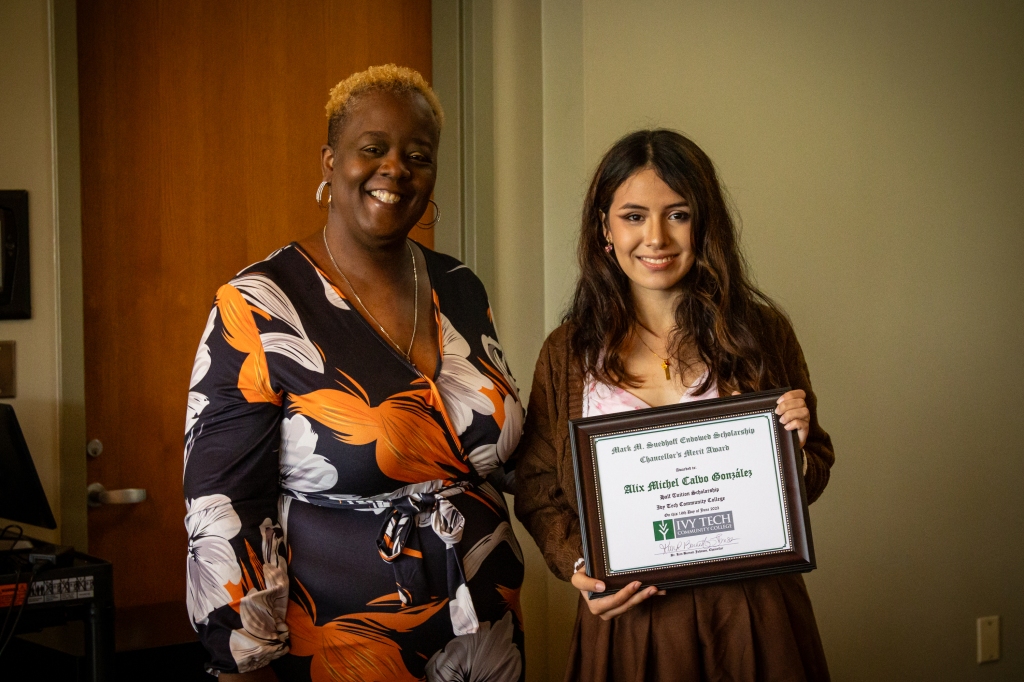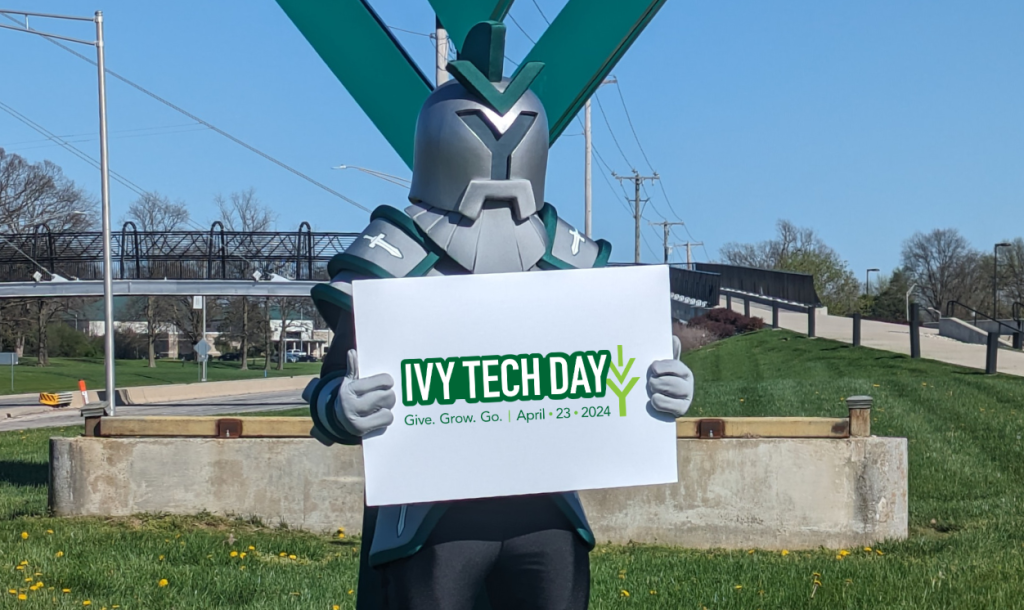
Visiting students gain science knowledge, friendships
Take 12 foreign exchange students, introduce more than a dozen hands-on lab activities, and then add a number of cultural immersion experiences. The result is a model recipe for a successful science, technology, engineering, and math (STEM) camp orchestrated by Ivy Tech Community College Northeast.
Select high school juniors and seniors from El Maarij, a private high school in Beni Mellal, Morocco, traveled more than 4,000 miles this summer to visit the Summit City for a three-week STEM Plus Africa Camp beginning Aug. 4. The exchange partnership was a first-of-its-kind arrangement between Ivy Tech Northeast and the European Center for Leadership and Entrepreneurship Education, an organization that helps students find study-abroad opportunities that correspond to their fields of study, skills, and wishes.
The eight female and four male students from Morocco—a country in the northwest corner of Africa that’s slightly smaller than Indiana, Michigan, and Ohio combined—are among the most accomplished from their school. El Maarij, with its approximately 500 students, has a history of achievement, most recently coming in second in the nation for academic performance.
“So many students expressed an interest in this camp, the high school had to narrow down the number of students allowed to participate by administering written and oral English exams,” says Mustapha Zanzoun, the students’ English as a Second Language teacher and one of the trip chaperones. In 2009, Zanzoun himself participated in a semester-long, Fulbright-sponsored educators exchange in Baltimore.
While the students were already familiar with STEM subjects among their studies, many of them weren’t expecting to expand their knowledge in such creative and entertaining ways as they did during the camp:
• Chocolate served as the key agent in a chemistry lesson on acids and bases, where students learned why chocolate won’t dissolve in water and why chewing gum is dissolved by chocolate.
• Two-by-fours provided a practical application for geometry and trigonometry, as the students designed and built an obstacle course for small, independently operated cars they pre-programmed with driving instructions.
• Marsbound!, a role-playing game that transforms players into NASA project managers for space exploration, gave the students a greater appreciation for astronomy before they visited the virtual planets and stars at Ball State University’s Charles W. Brown Planetarium.
Most of the students agreed that their favorite activity was a biology lesson at nearby Mateo County Park, where they collected, sorted, identified, and analyzed macroinvertebrates (insects and animals with no backbone) to determine a pollution tolerance index rating for Cedar Creek.
“I really enjoyed being at the creek,” says exchange student Othmane Nagim, who, along with his peers, captured crayfish, mayflies, and a small Northern Water Snake using fishing nets. “I’m accustomed to studying biology, but lab opportunities are extremely rare, particularly those that are outdoors.”
Ivy Tech Northeast Math Chair Karen Jones, who served as program manager for the camp, considers the cultural immersion activities the lynch pin of the entire exchange. A number of area middle school and high school students were recruited to serve as American ambassadors for this purpose.
“The activities afforded the students the opportunity to interact, understand one another culturally, and develop relationships,” Jones says. “We felt building personal relationships within the experience would have a greater effect on both engagement in the camp itself and the likelihood of continued engagement between the students.”
Exchange student Khadija El Amraoui and her peers found some of their preconceived ideas about American peers challenged once they began interacting one-on-one.
“We had an idea about America before coming, but now we are here, we get to know the ‘real’ America,” El Amraoui says. “Meeting American teens isn’t as radical as what you learn through the movies.”
The friendships formed between the Moroccan and American students were reciprocal in the view of Sydney Taylor, an American ambassador and eighth grader at Norwell Middle School in Ossian, Ind.
“I hope to pursue a career as a scientist or archeologist, which is all about learning different cultures, so I’m loving this opportunity to learn about Moroccan culture from these students,” Taylor says.
Final impressions from both El Maarij and Ivy Tech Northeast administrators regard the camp as having been a complete success.
“Our camp was a positive cultural and educational experience for its participants and providers—one that will affect those involved for many years to come,” Jones says.
Moroccan teacher and chaperone Zanzoun echoed her sentiments.
“I’m hoping the exchange program will operate on a larger scale in the future, with both American students and teachers going to Morocco, too. When the students get back home, they will not experience any culture shock should they choose to return to the U.S.”




